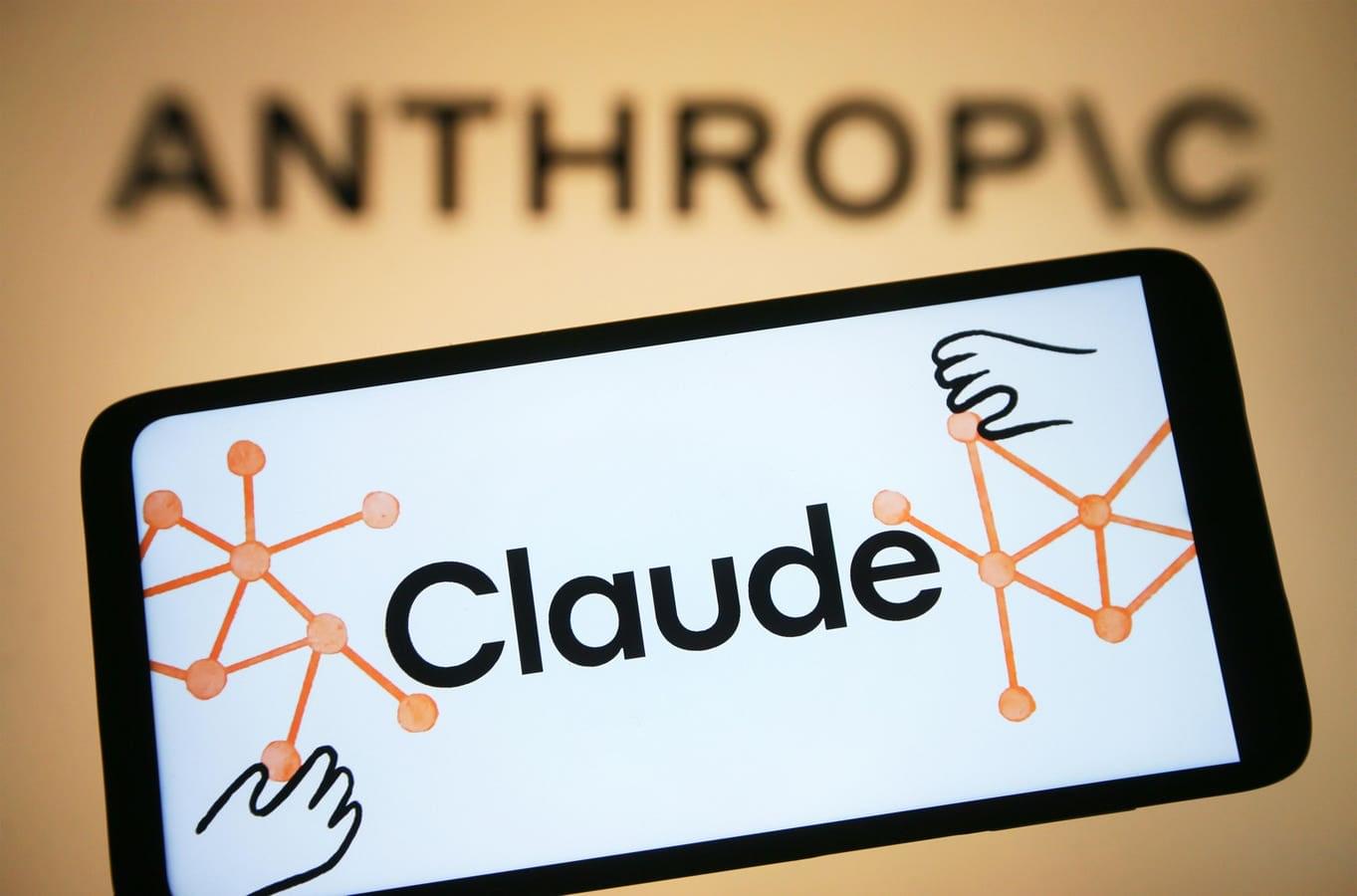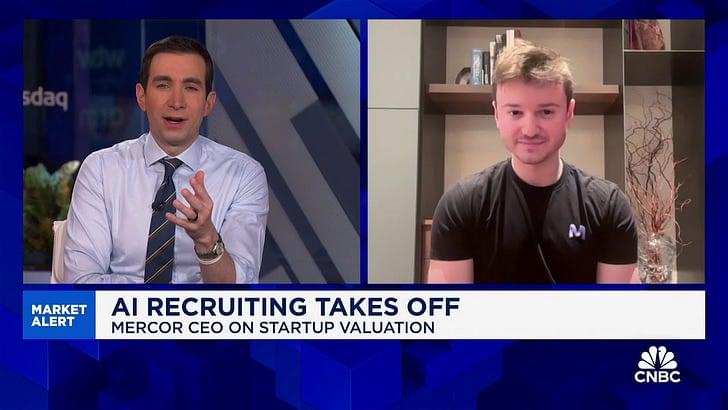Understanding AI agents with Anthropic’s playbook: what they are, what they can do for your business, and how to set one up. Automate your way to success and freedom.



Organizations that rely solely on interactive sign-in monitoring are likely blind to these attacks and its risks, which include account takeovers, business disruption, lateral movement, multifactor authentication (MFA) invasion, and conditional access policies (CAP) bypass potential.
“For organizations heavily reliant on Microsoft 365, this attack is a wake-up call,” said Darren Guccione, CEO and co-founder at Keeper Security, in an emailed statement to Dark Reading. “Robust cybersecurity isn’t just about having MFA — it’s about securing every authentication pathway. A password manager enforces strong, unique credentials while minimizing exposure to credential-based attacks. For noninteractive authentication, privileged access management (PAM) is essential, ensuring least-privilege access, regular credential rotation, and real-time monitoring of service accounts.”
As for the threat actors, the researchers believe that it is likely a Chinese-affiliated group, though this theory remains unconfirmed.
Tech juggernaut Nvidia continued its winning streak on Wednesday, posting record quarterly revenue of $39.3 billion, up 12% from last quarter and 78% a year ago, compared to Wall Street’s projection of $38.3 billion. Sales for the year came in at $130.5 billion, up 114% from the previous year.
The company forecast revenue for next quarter to hit $43 billion, slightly above the Street’s projections. Gross margins dipped for a second consecutive quarter, however, coming in at 73.5%, matching the guidance CFO Colette Kress offered last quarter. She said margins are expected to temporarily drop into the low 70s amid the Blackwell rollout.
Another amazing quarter from the company, said Will Rhind, founder and CEO of GraniteShares, who manages leveraged ETFs that give investors double the exposure to long or short positions on the stock. The only slight thing that I guess you could probably nitpick on is margins.
Today, the company’s data center business accounts for most of its sales as customers, including nearly all of Big Tech, race to amass as much compute power as possible. The data center division’s $35.6 billion in revenue increased 93% from the same quarter last year and beat the Street’s expected number of $34.2 billion.
Nvidia stock rose 171% in 2024, accounting for more than a fifth of the S&P 500’s overall gain. The company’s earnings are viewed as a reckoning for the whole Gen AI trade, making the chip behemoth’s financial results a momentous occasion for the entire equities landscape.
Rhind noted this latest batch of earnings comes as the market deals with increased uncertainty about issues such as tariffs and inflation. It really feels like the emphasis on this particular earnings call is more important than perhaps any of the others so far, he said.
Major Chinese tech companies have been ramping up efforts to spur AI business growth.
Alibaba Group plans to invest more than $52 billion on AI and cloud infrastructure over the next three years, in a bid to seize more opportunities in the artificial-intelligence era.
The spending of at least 380 billion yuan, equivalent to $52.41 billion, will surpass the company’s AI and cloud computing investment over the past decade, Alibaba said in a post Monday on its news site. Alibaba first mentioned the plan last week when the company reported its results but didn’t provide a specific figure.
The technology giant co-founded by Jack Ma delivered better-than-expected results for three months ended December, with revenue growth accelerating to its fastest pace since late 2023, supported by improvements in its e-commerce and cloud businesses.
Major Chinese tech companies, from Alibaba to Baidu, have been ramping up efforts to spur AI business growth as advancements by homegrown upstart DeepSeek have gained global attention. Alibaba co-founder Joe Tsai earlier this month said its AI technology would be integrated into Apple’s iPhones for the Chinese market, a move that analysts expect to burnish the Hangzhou-based company’s brand image and benefit its long-term growth.
Last month, Alibaba introduced the Qwen2.5 Max, the latest version of its AI model, which it said was competitive with global leaders, including DeepSeek-V3.
In today’s AI news, Alibaba Group plans to invest more than $52 billion on AI and cloud infrastructure over the next three years, in a bid to seize more opportunities in the artificial-intelligence era. The spending of at least 380 billion yuan, equivalent to $52.41 billion, will surpass the company’s AI and cloud computing investment over the past decade, Alibaba said in a post Monday on its news site.
And, at the Global Developer Conference, an AI community event hosted in Shanghai over the weekend, open-source developers from around China congregated in a show of exuberance over the possibilities of AI since DeepSeek’s resource-efficient models captured the world’s imagination. Use cases on display included everything from robotics to virtual reality glasses.
Then, John Werner poses the question, what if you could just run to the supply room, and Xerox an entire firm? What would that look like? Well, it might be expensive. But probably not as expensive as humans. John says, Dwarkesh Patel gives us an idea in a new collaborative essay Jan. 31 talking about the potential for all-AI companies. Suggesting that “everyone is sleeping on the collective advantages AI will have” …
And, agents capable of handling shopping-related tasks, optimizing supply chains, and creating personalized customer experiences are already here. Retail, in particular e-commerce, has been the poster child for agentic AI and is a sector where there is a lot of hype but also some very compelling use cases. So, let’s explore what’s happening in this space and what we can expect to see in the future.
In videos, during the 2025 Annual Meeting of the World Economic Forum in Davos, Switzerland, the chairman, founder and chief educational technology scientist of Squirrel AI Learning, Derek Haoyang Li, discusses with Forbes’ Randall Lane, the research, technology and success behind the Shanghai company’s innovative adaptive education models.
Meanwhile, as AI chatbots become more personal and proactive, the line between tool and companion is beginning to blur, with some users even professing love for their digital aides, says business consultant Amaryllis Liampoti. She presents three foundational principles for how brands can harness AI to build deeper emotional connections with consumers while prioritizing well-being, transparency and autonomy —
In other advances, Professor Danfei Xu and the Robot Learning and Reasoning Lab (RL2) present EgoMimic is a full-stack framework that scales robot manipulation through egocentric-view human demonstrations via Meta’s Project Aria glasses at the Georgia Institute of Technology. Learn more about the Aria Research Kit at projectaria.com.
T need AGI or even the latest and greatest models; they need products that augment their existing workflows … + Thats all for today, but AI is moving fast — like, comment, and subscribe for more AI news! Thank you for supporting my partners and I — it’s how I keep Neural News free.

This approach is not only faster and more energy-efficient but also delivers precise control over the material’s optical properties.
Light-Powered Quantum Dot Tuning
Researchers at north carolina state university.
Founded in 1887 and part of the University of North Carolina system, North Carolina State University (also referred to as NCSU, NC State, or just State) is a public land-grant research university in Raleigh, North Carolina. NC State offers a wide range of academic programs and disciplines, including the humanities, social sciences, natural sciences, engineering, business, and education. It is known for its strong programs in engineering, science, and technology and is a leader in research and innovation. It forms one of the corners of the Research Triangle together with Duke University in Durham and The University of North Carolina at Chapel Hill.


In today’s AI news, in a social media post, DeepSeek said the daily releases it is planning for its Open Source Week would provide visibility into these humble building blocks in our online service that have been documented, deployed and battle-tested in production. As part of the open-source community, we believe that every line shared becomes collective momentum that accelerates the journey.
In other advancements, Together AI an AI cloud platform that enables companies to train and deploy artificial intelligence models — has raised $305 million in Series B funding in a round led by General Catalyst, more than doubling its valuation to $3.3 billion from $1.25 billion last March. The funding comes amid growing demand for computing power to run advanced open-source models.
In personal and professional development, if you’re curious about how to integrate AI smartly into your business, here are some friendly tips to get you started while keeping things safe and effective. The key is strategic integration with safeguards in place, use AI’s strengths — without losing your own.
Then, search startup Genspark has raised $100 million in a series A funding round, valuing the startup at $530 million, according to a source familiar with the matter, as the race to use artificial intelligence to disrupt Google’s stranglehold on the search engine market heats up. The Palo Alto-based company currently has over 2 million monthly active users, and the round was led by a group of U.S. and Singapore-based investors.
S like to compete with Google, and what the future of search could look like. + Then, as AI scales from the cloud to the very edges of our devices, the potential for transformative innovation grows exponentially. In this Imagination In Action session at Davos, Daniel Newman, CEO The Futurum Group moderates this expert panel which includes: Åsa Tamsons, Executive VP, Ericsson, Gill Pratt, CEO Toyota Research, Chief Scientist Toyota, Kinuko Masaki, CEO, VoiceBrain, Cyril Perducat, CTO, Rockwell Automation, and Alexander Amini, CSO, Liquid AI.
Meanwhile, Stripe cofounder and CEO Patrick Collison sits down with Bill Gates to discuss his memoir, Source Code. Bill Gates is a technologist, business leader, and philanthropist. In 1975, he cofounded Microsoft with Paul Allen and chair of the Gates Foundation. Bill is the founder of Breakthrough Energy, an effort to commercialize clean energy and climate-related technologies, and TerraPower, a company investing in developing nuclear technologies.
We close out with, Richard Attias, Chairman of the Executive Committee, FII Institute, Founder & Chairman, RA&A sitting down with Masayoshi Son, Representative Director, Corporate Officer, Chairman & CEO, SoftBank Group Corporation in a session entitled: Stargate AI: Who will win the $500 Billion Bet On The Future Of Intelligence.
‘Quantum Supremacy’ author Dr. Michio Kaku discusses the future of quantum computing on ‘Making Money.’ #foxbusiness #makingmoney.
Watch more Fox Business Video: https://video.foxbusiness.com.
Watch Fox Business Network Live: http://www.foxnewsgo.com/
FOX Business Network (FBN) is a financial news channel delivering real-time information across all platforms that impact both Main Street and Wall Street. Headquartered in New York — the business capital of the world — FBN launched in October 2007 and is one of the leading business networks on television. In 2025 it opened the year posting double-digit advantages across business day, market hours and total day viewers in January. Additionally, the network continued to lead business news programming, with each business day program placing among the top 15 shows, while FBN delivered its highest-rated month since April 2023 with market hours.
Follow Fox Business on Facebook: / foxbusiness.
Follow Fox Business on Twitter: / foxbusiness.
Follow Fox Business on Instagram: / foxbusiness.

In today’s AI news, Mercor, the AI recruiting startup founded by three 21-year-old Thiel Fellows, has raised $100 million in a Series B round, the company confirmed to TechCrunch. Menlo Park-based Felicis led the round, valuing Mercor at $2 billion — eight times its previous valuation. Existing investors Benchmark and General Catalyst, as well as DST Global and Menlo Ventures participated.
In other advancements, GPT-4.5 could arrive as soon as next week, as Microsoft gets ready to host OpenAI’s latest artificial intelligence models.
Microsoft engineers are currently readying server capacity for OpenAI’s upcoming GPT-4.5 and GPT-5 models. While OpenAI CEO Sam Altman acknowledged recently that GPT-4.5 will launch within a matter of weeks.
Then, OpenAI’s astounding growth rate potential is luring possible investors as questions loom over whether the startup will go public. “In terms of a multiple to pay for stock like ours, there’s incredible interest at the moment,” finance chief Sarah Friar told CNBC’s David Faber on Thursday. Its future growth potential has also enabled OpenAI to “achieve valuations that are on par with the growth rate of the scale” it is reaching.
S internal testing, it could mark a meaningful step forward for an all-purpose multimodal AI that can operate interactively in both real and digital spaces. + In videos, Figure is introducing Helix, a generalist Vision-Language-Action (VLA) model that unifies perception, language understanding, and learned control to overcome multiple longstanding challenges in robotics. A detailed report on Helix can be found in text accompanying the video.
Then, in this episode of Moonshots Peter Diamandis is joined by a panel of leaders in the session Transforming Business with AI: Opportunity or Overload? at Miami FII. Panelists include: Prem Akkaraju, CEO, Stability AI Ramin Hasani, Co-Founder & CEO, Liquid AI Jack Hidary, CEO, SandboxAQ Jim Keller, CEO, Tenstorrent Alexander Sukharevsky, Senior Partner & Managing Partner, QuantumBlack, AI, McKinsey & Company.
Meanwhile, AI is evolving into a mysterious new form of intelligence — powerful yet flawed, capable of remarkable feats but still far from human-like reasoning and efficiency. To truly understand it and unlock its potential, we need a new science of intelligence that combines neuroscience, AI and physics, says neuroscientist and Stanford professor Surya Ganguli.